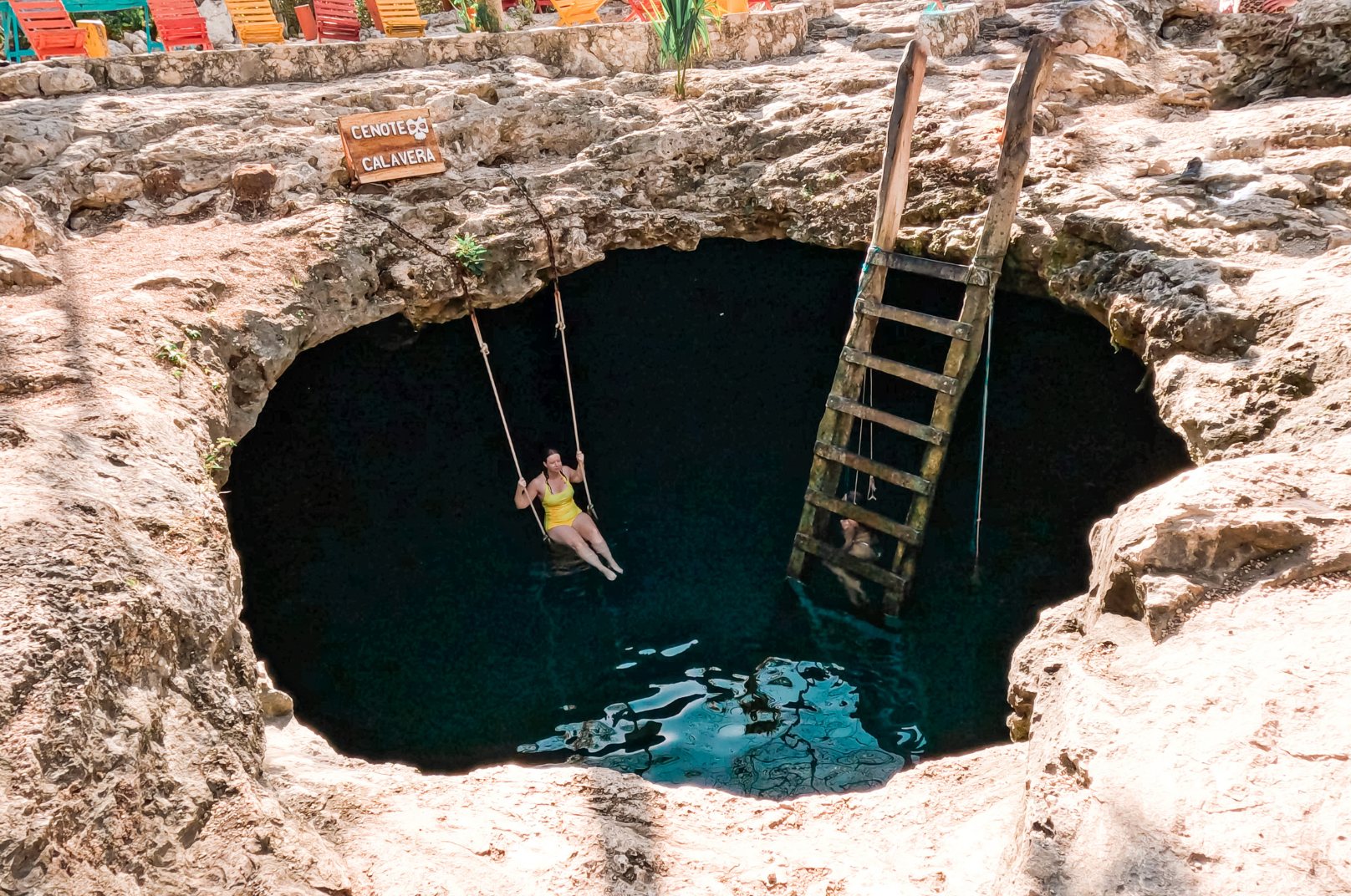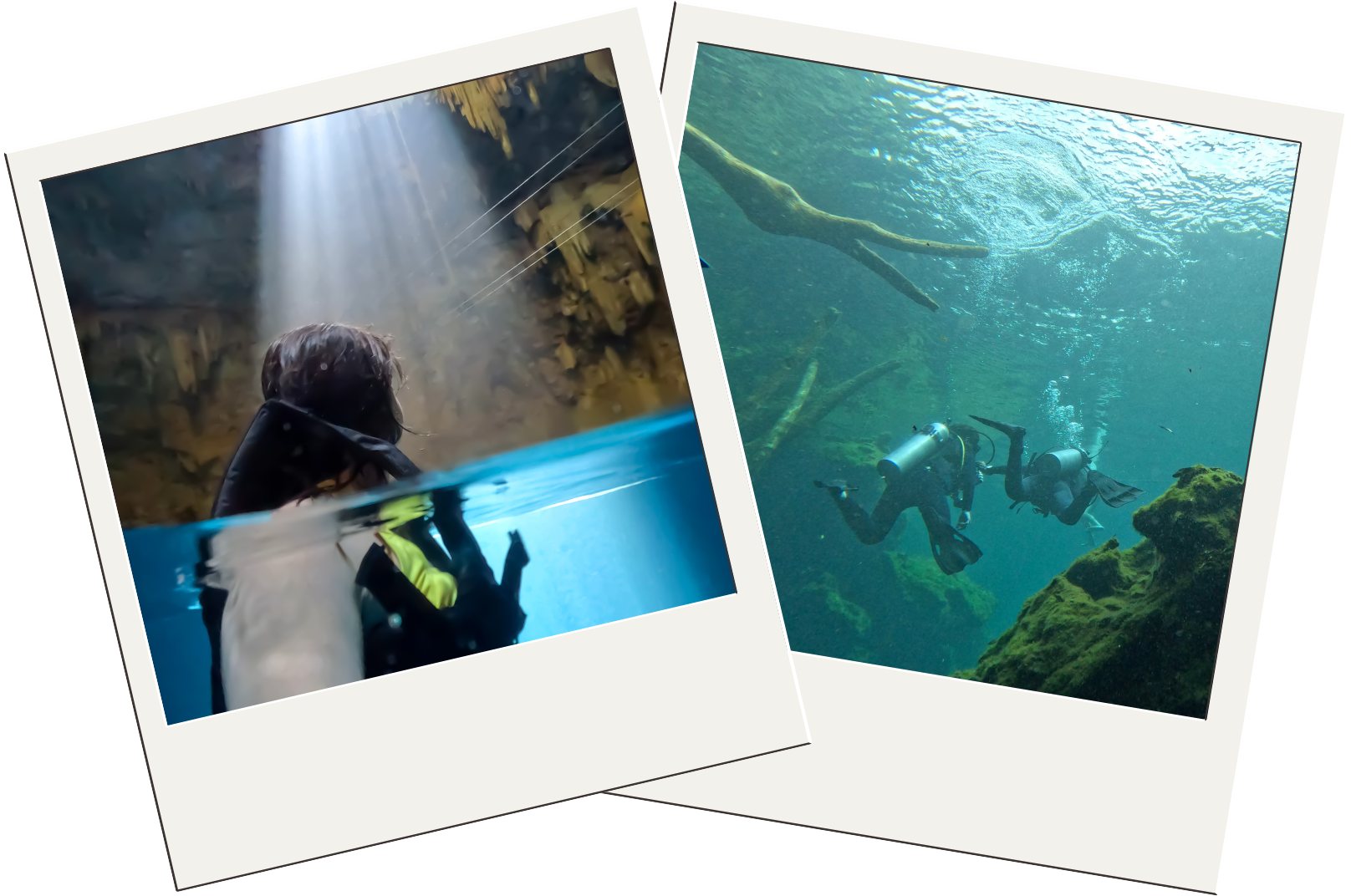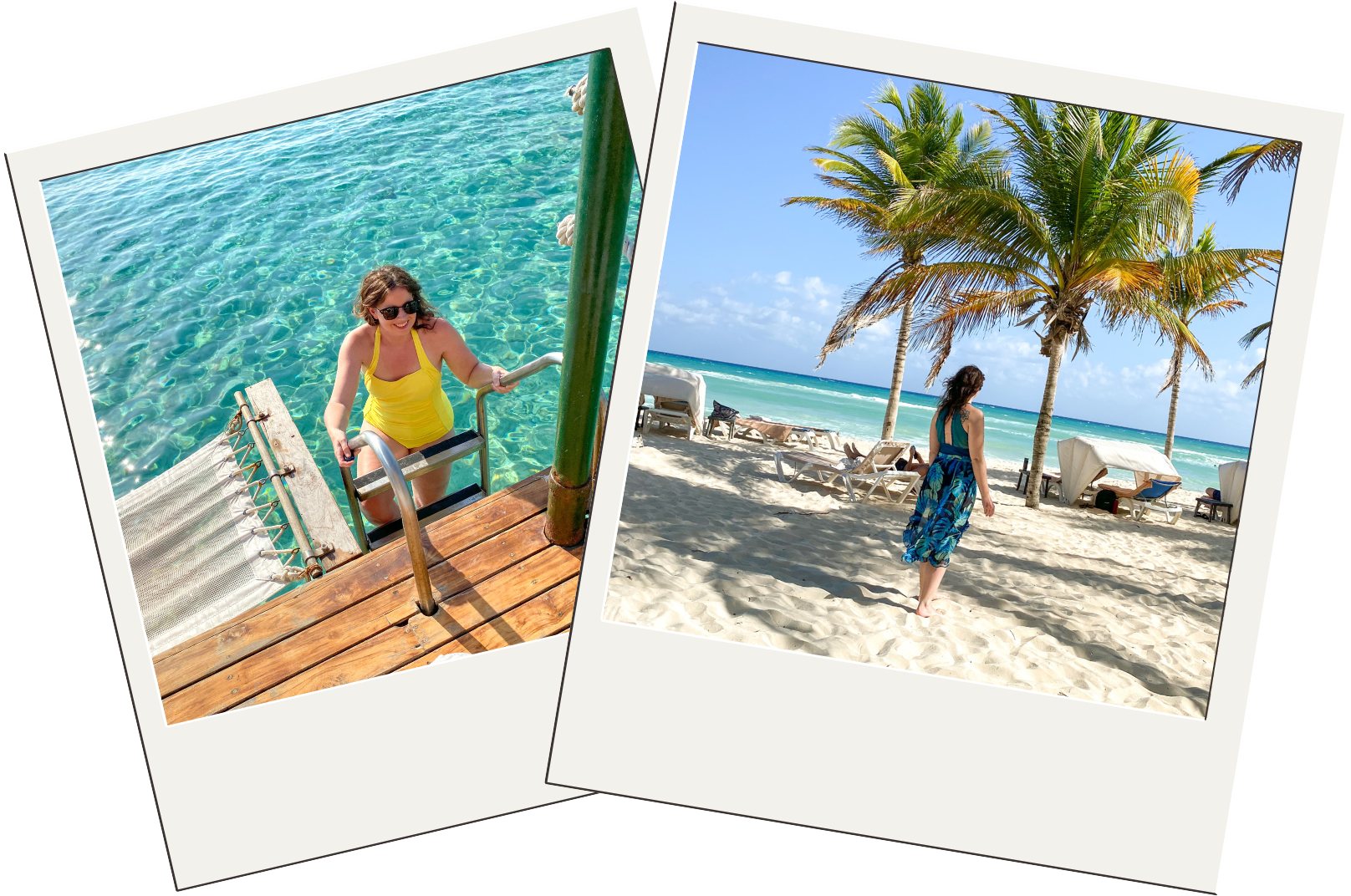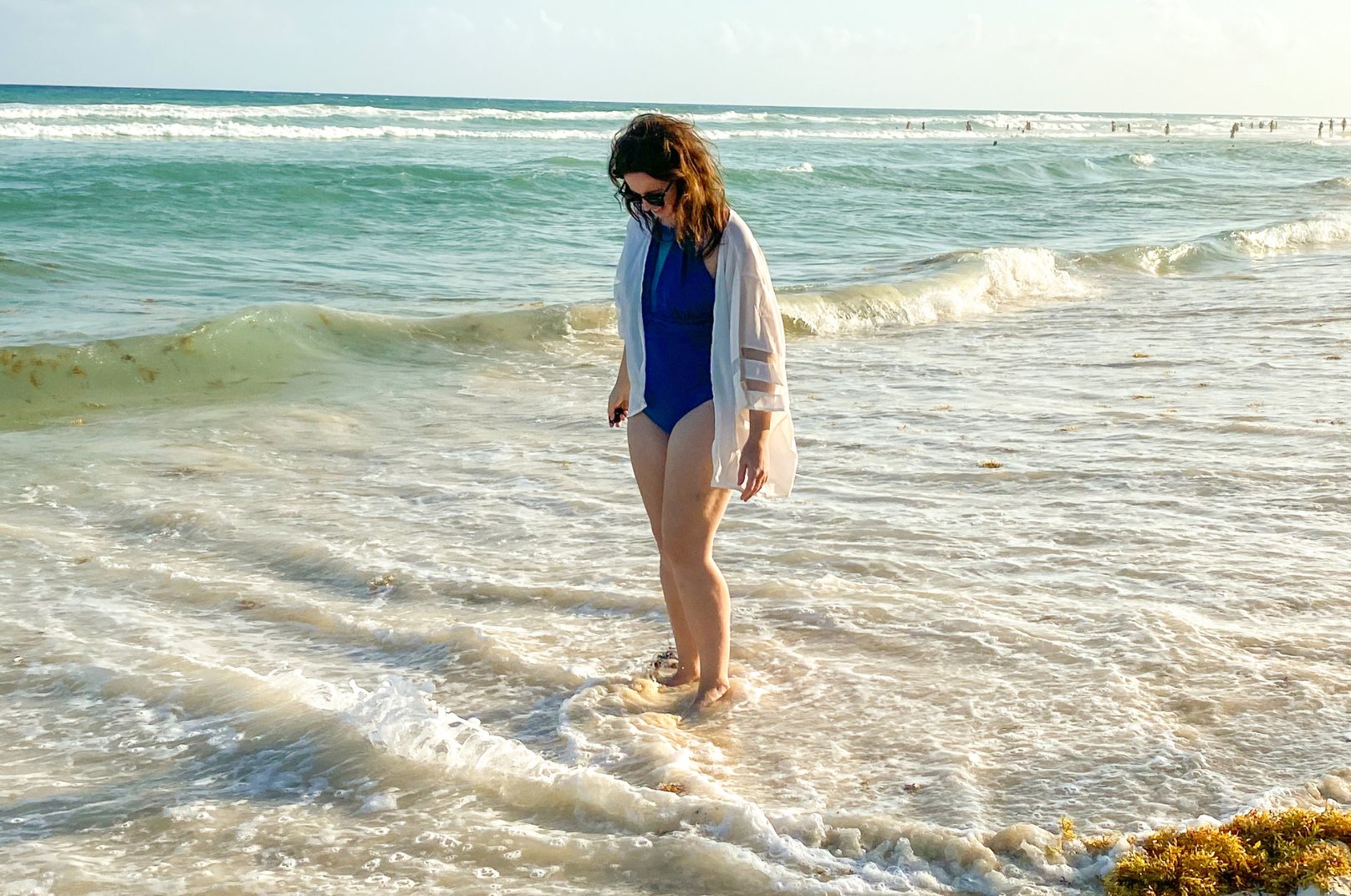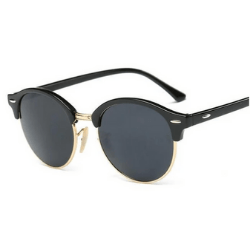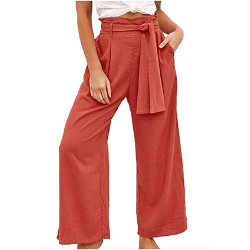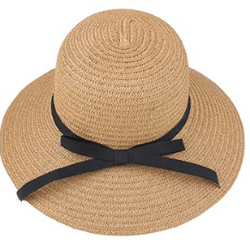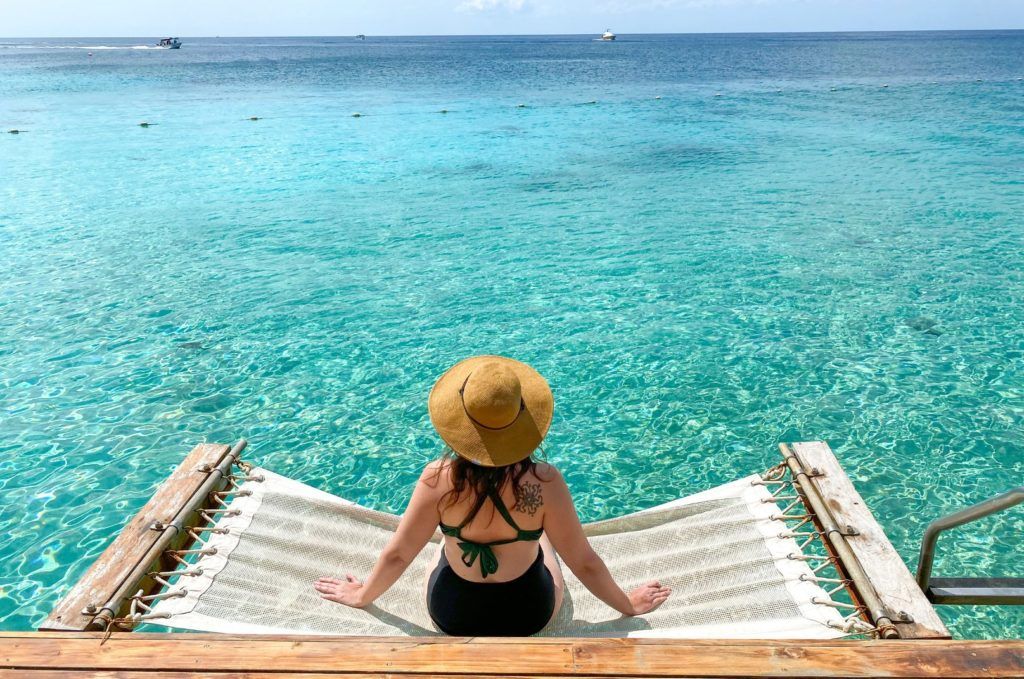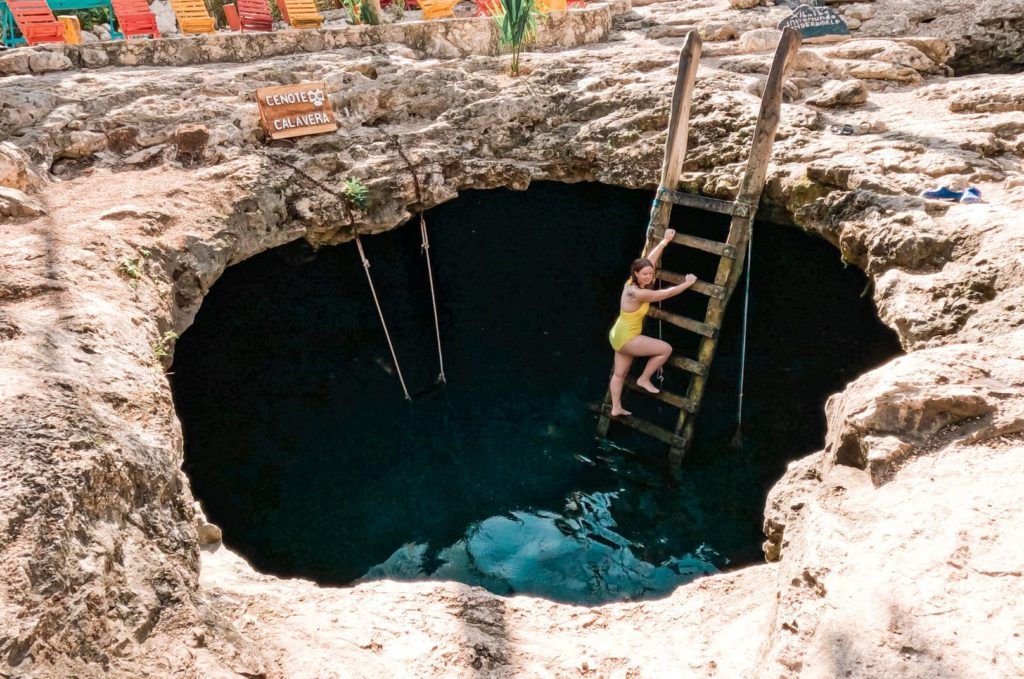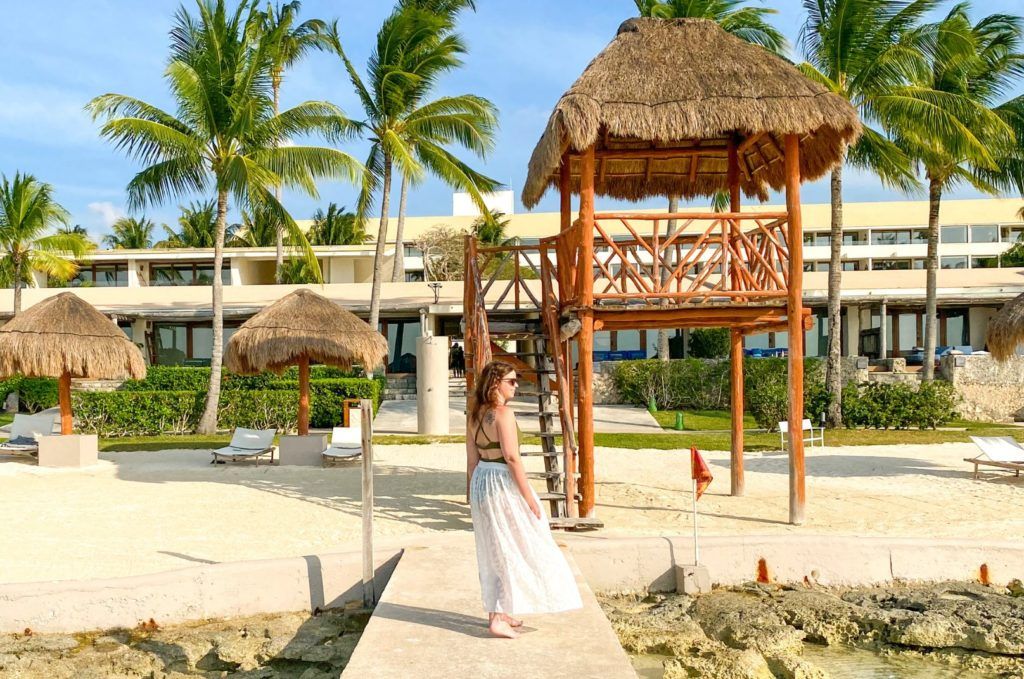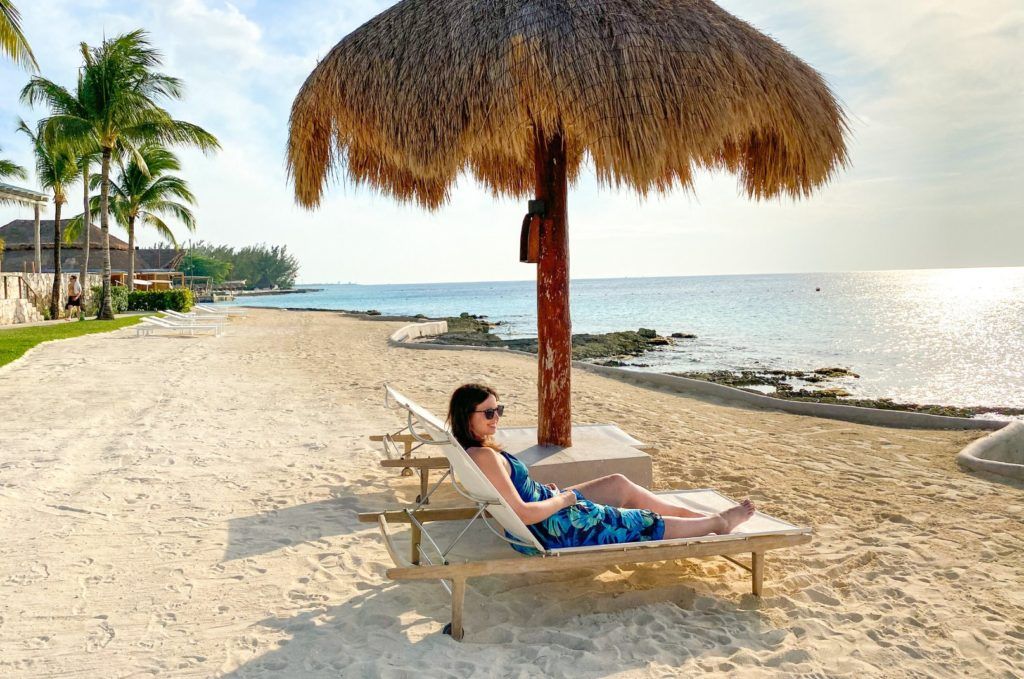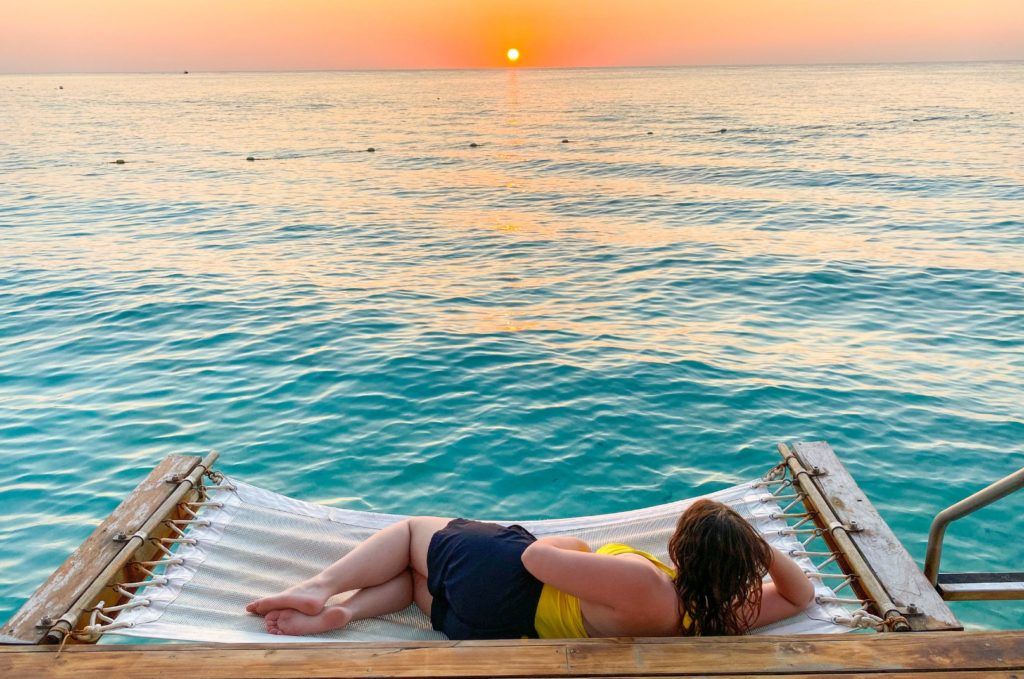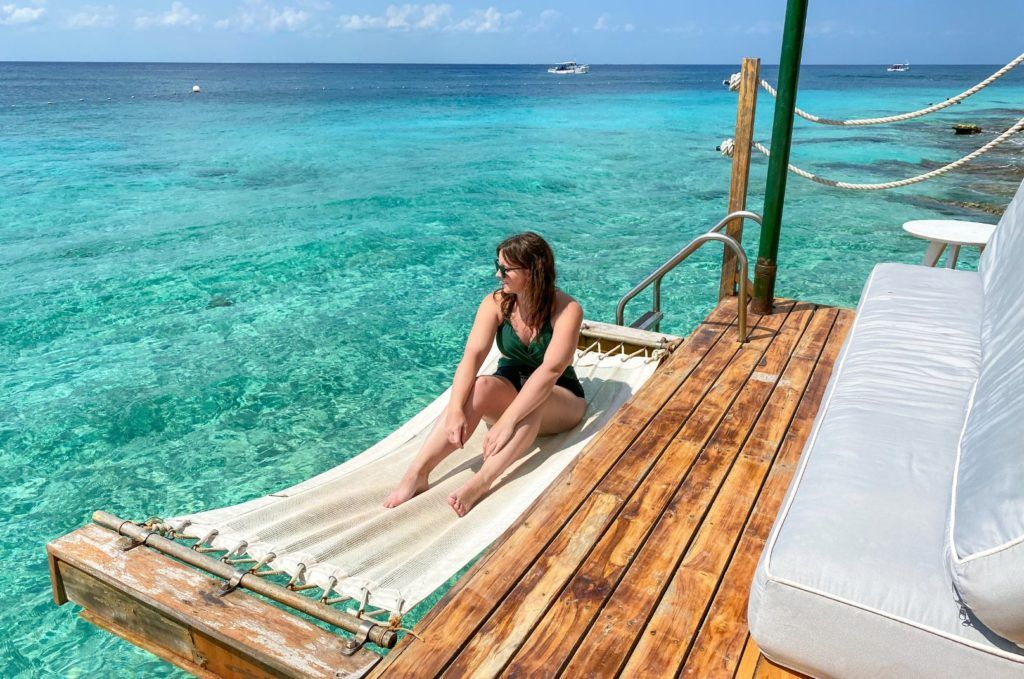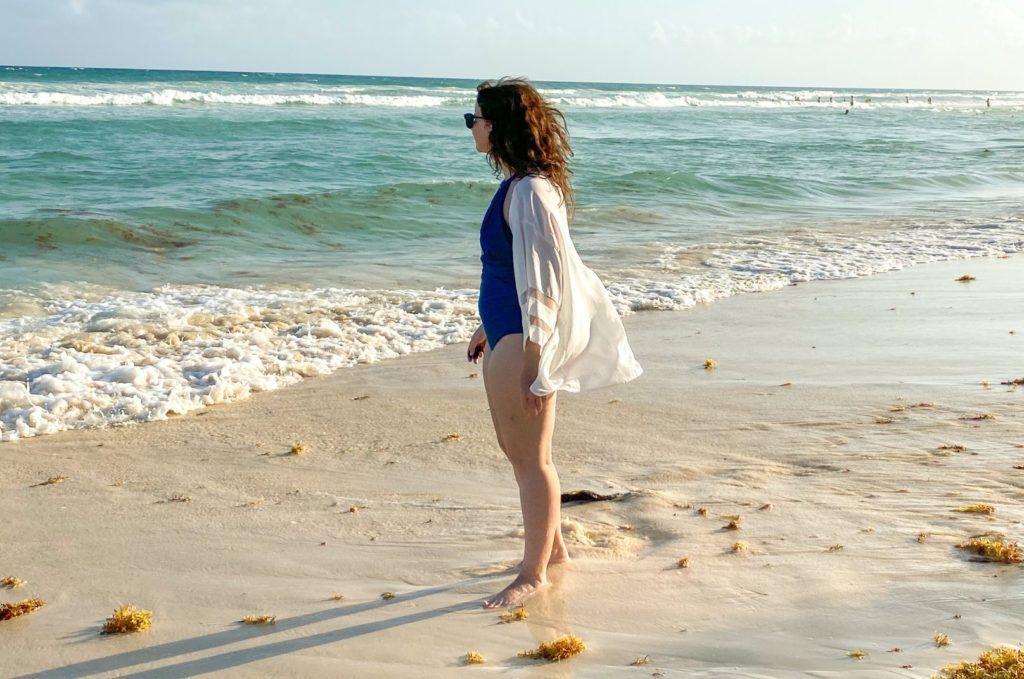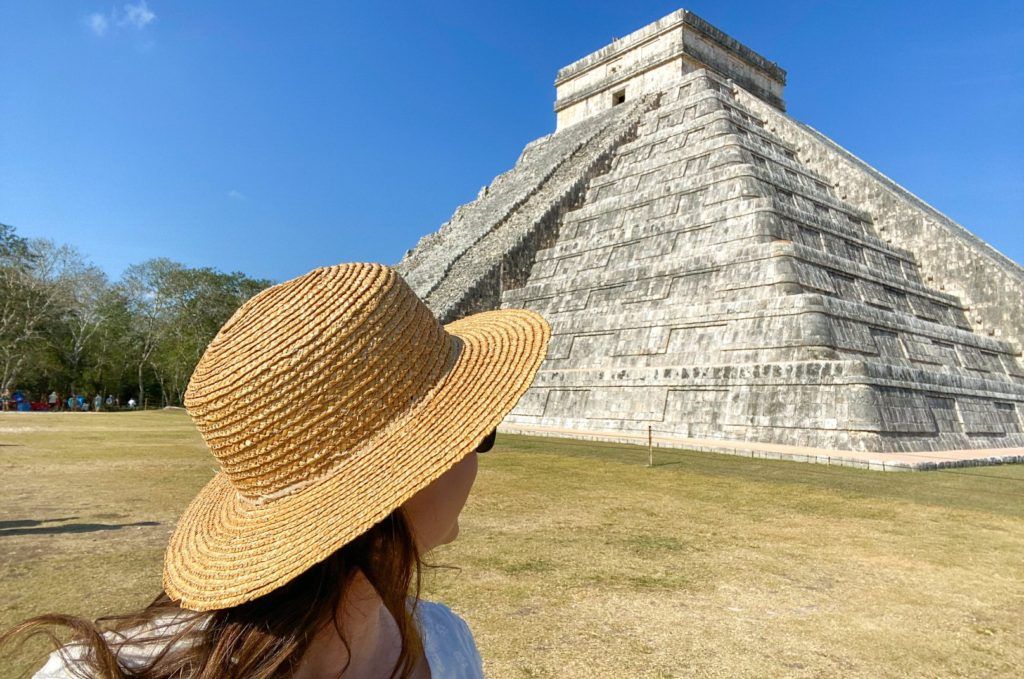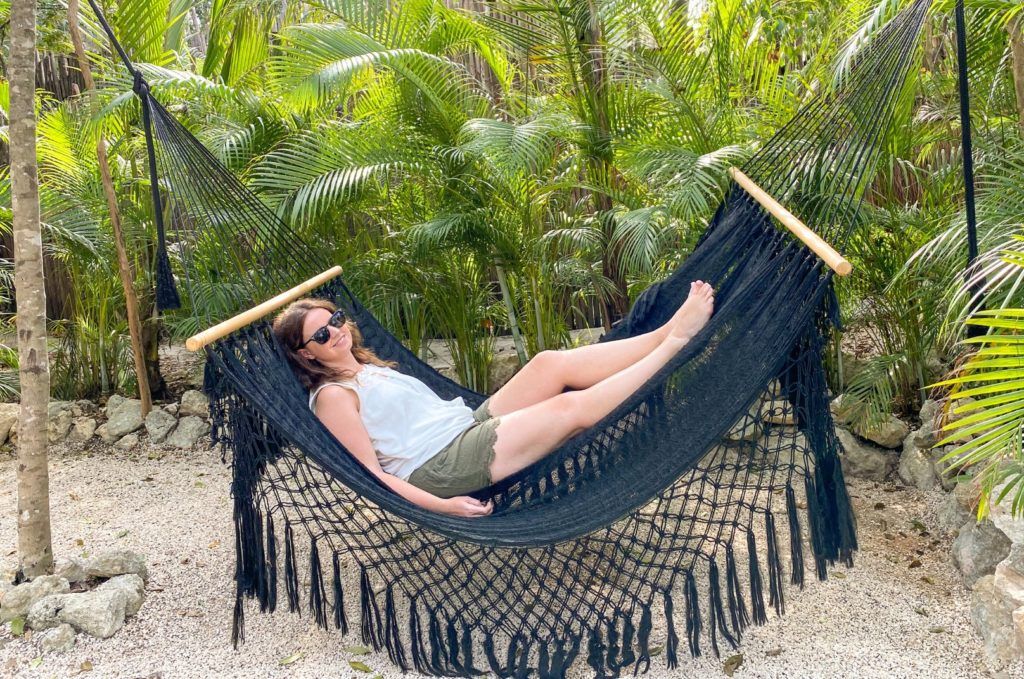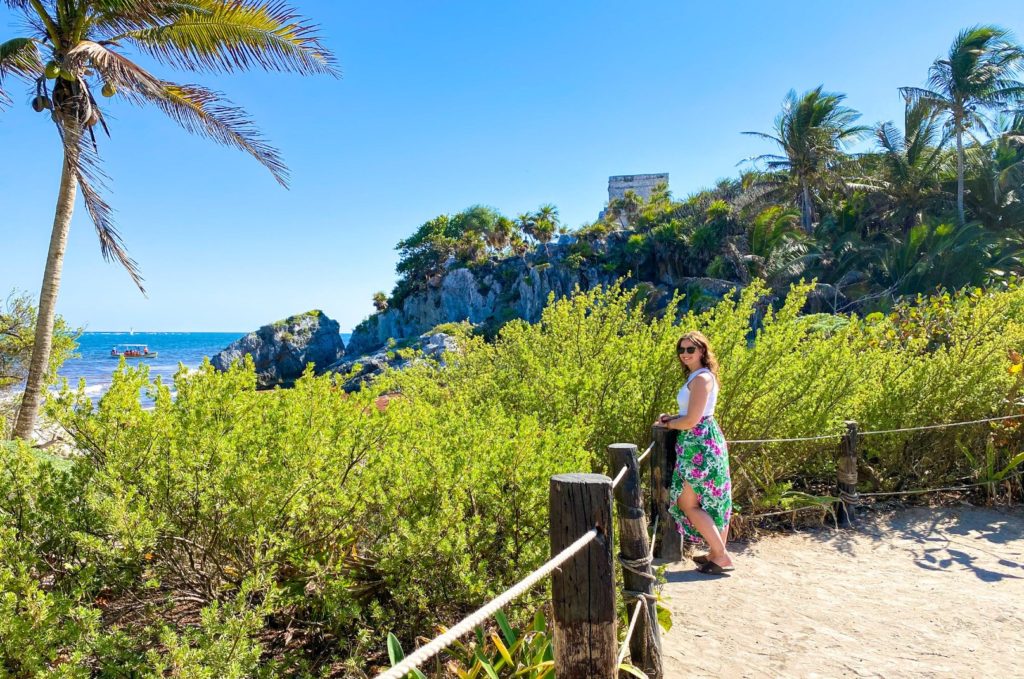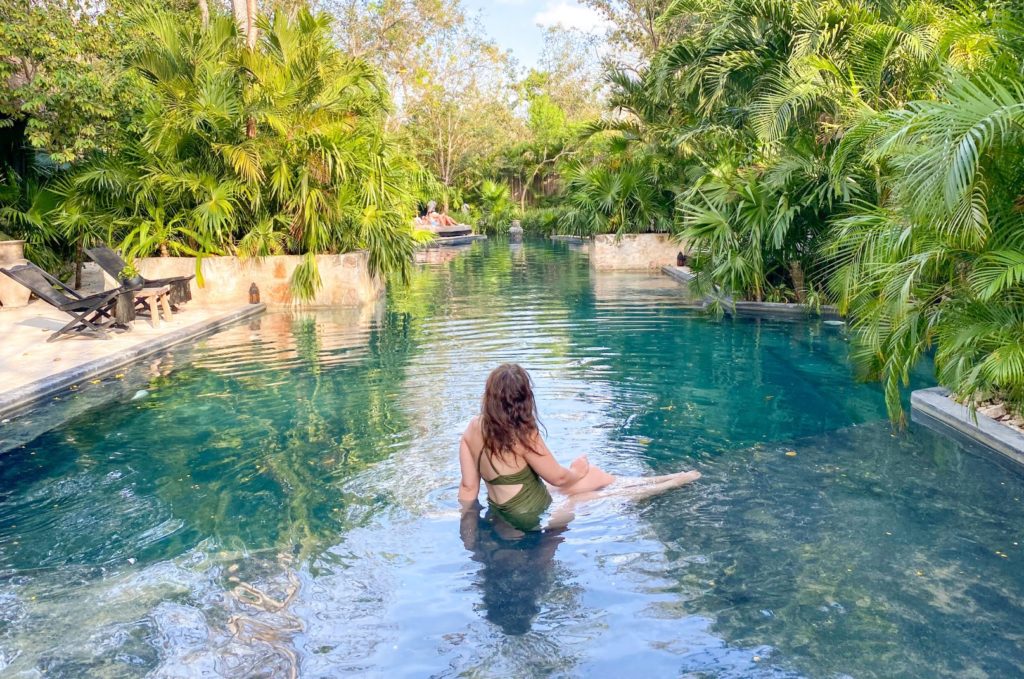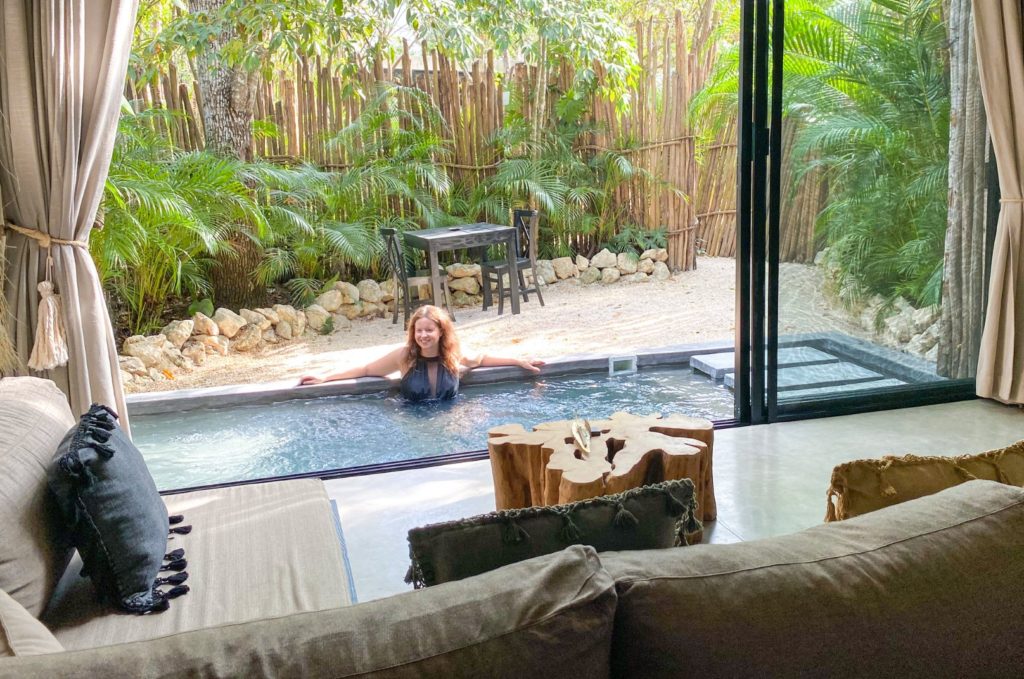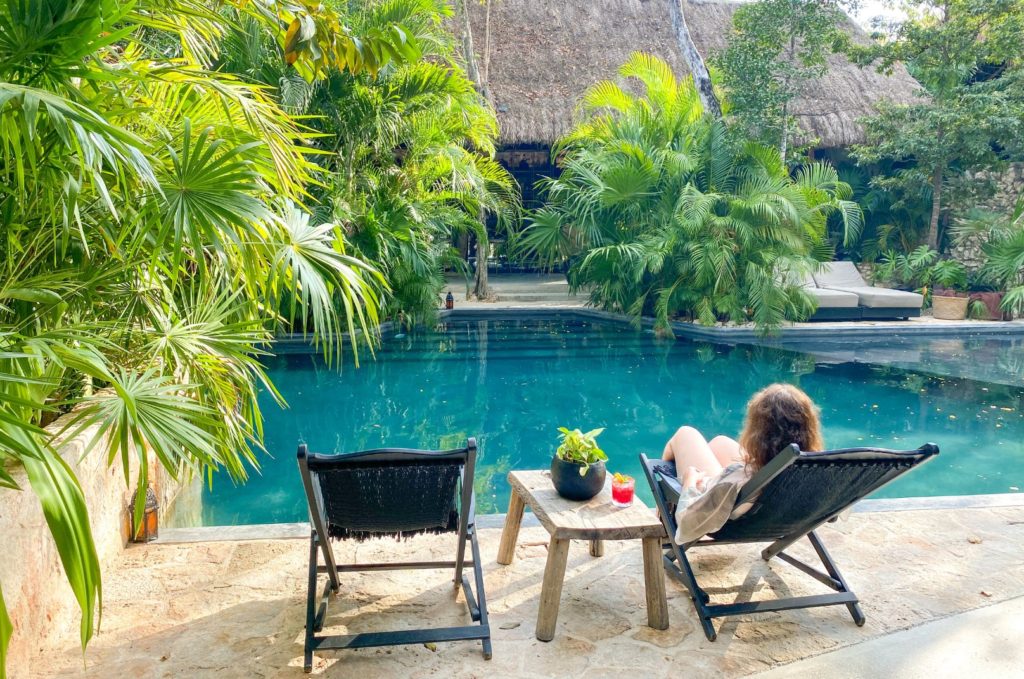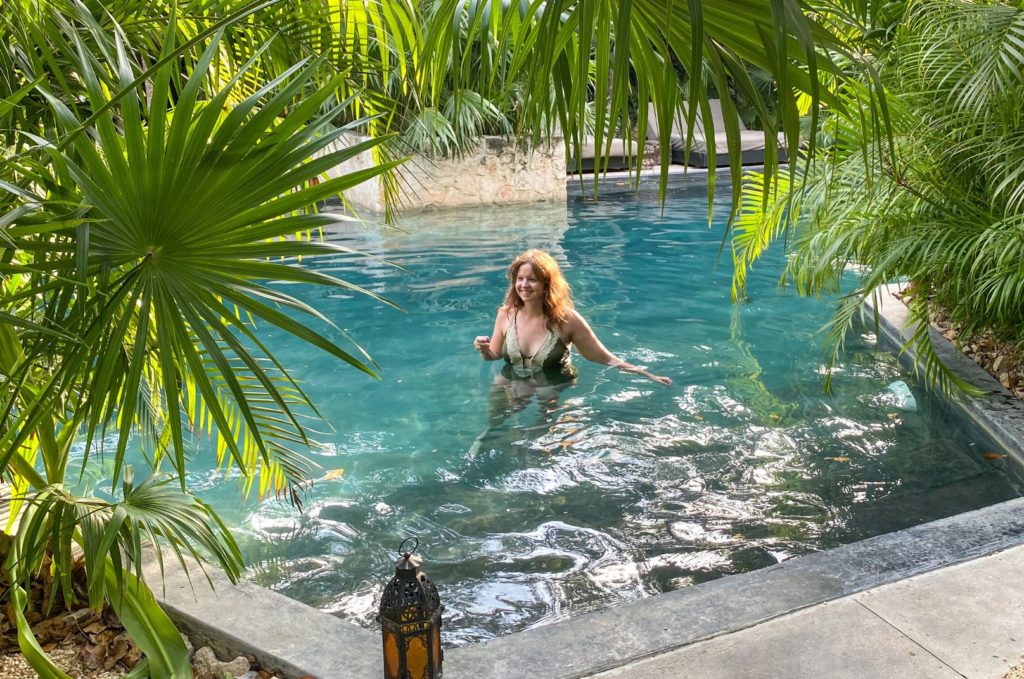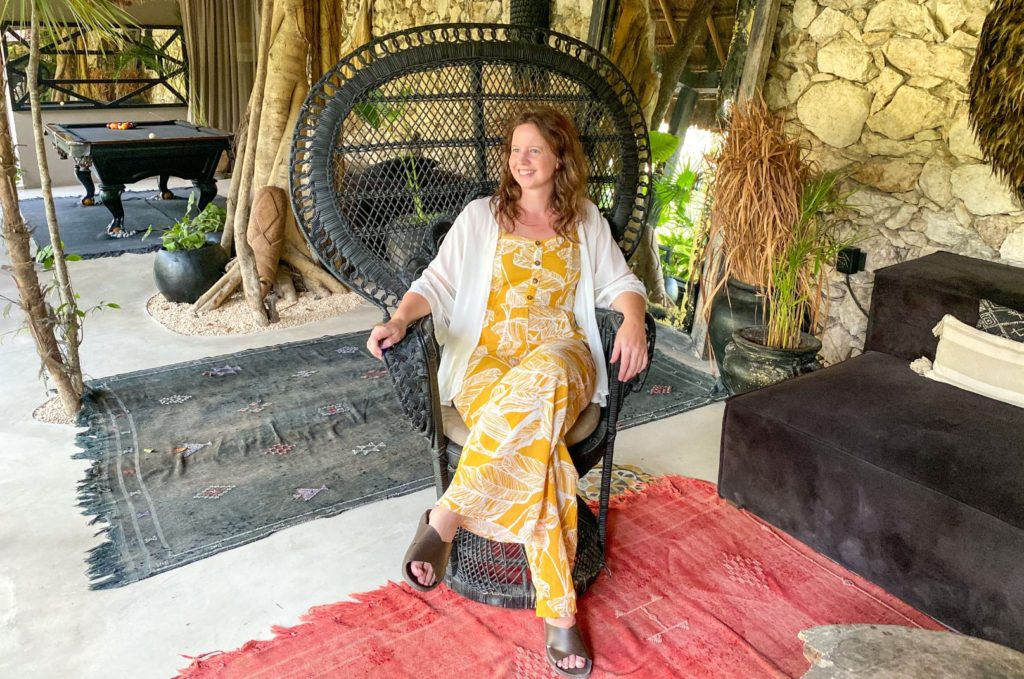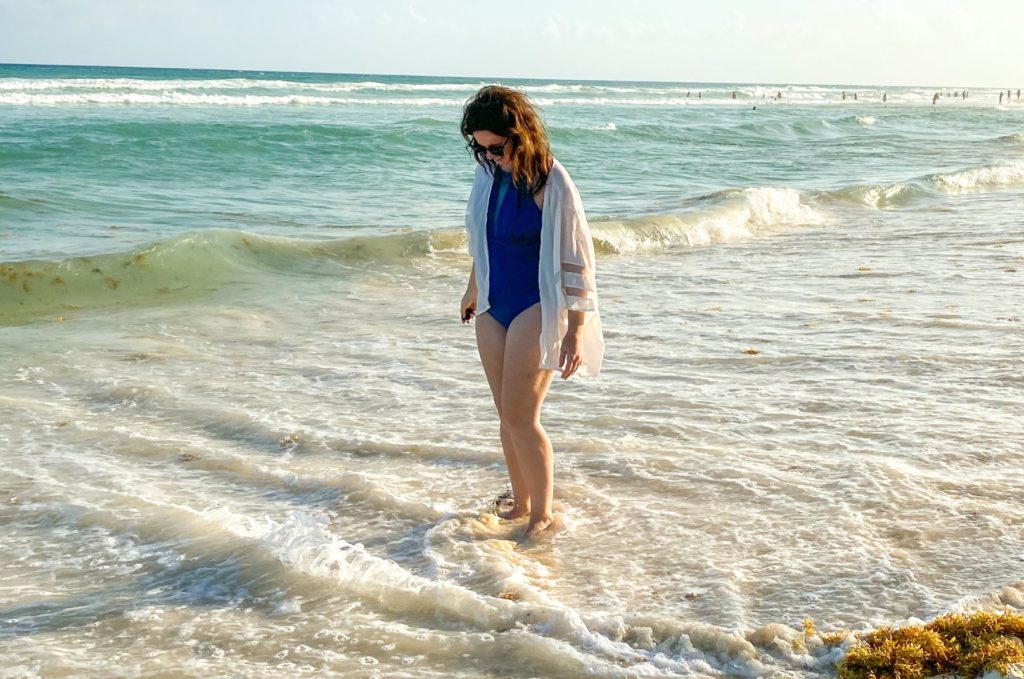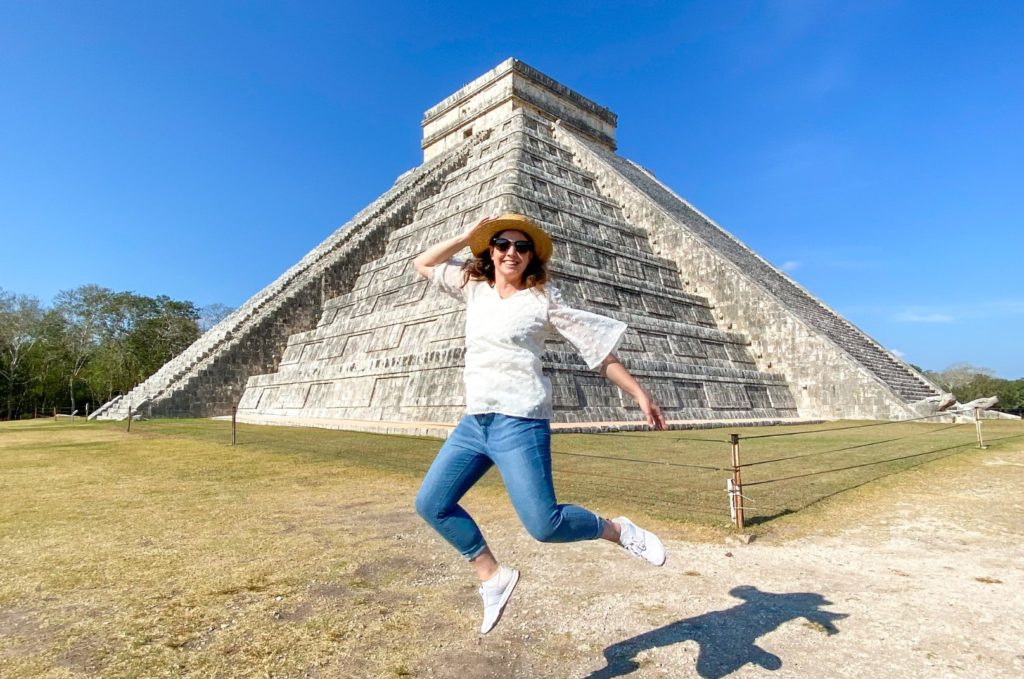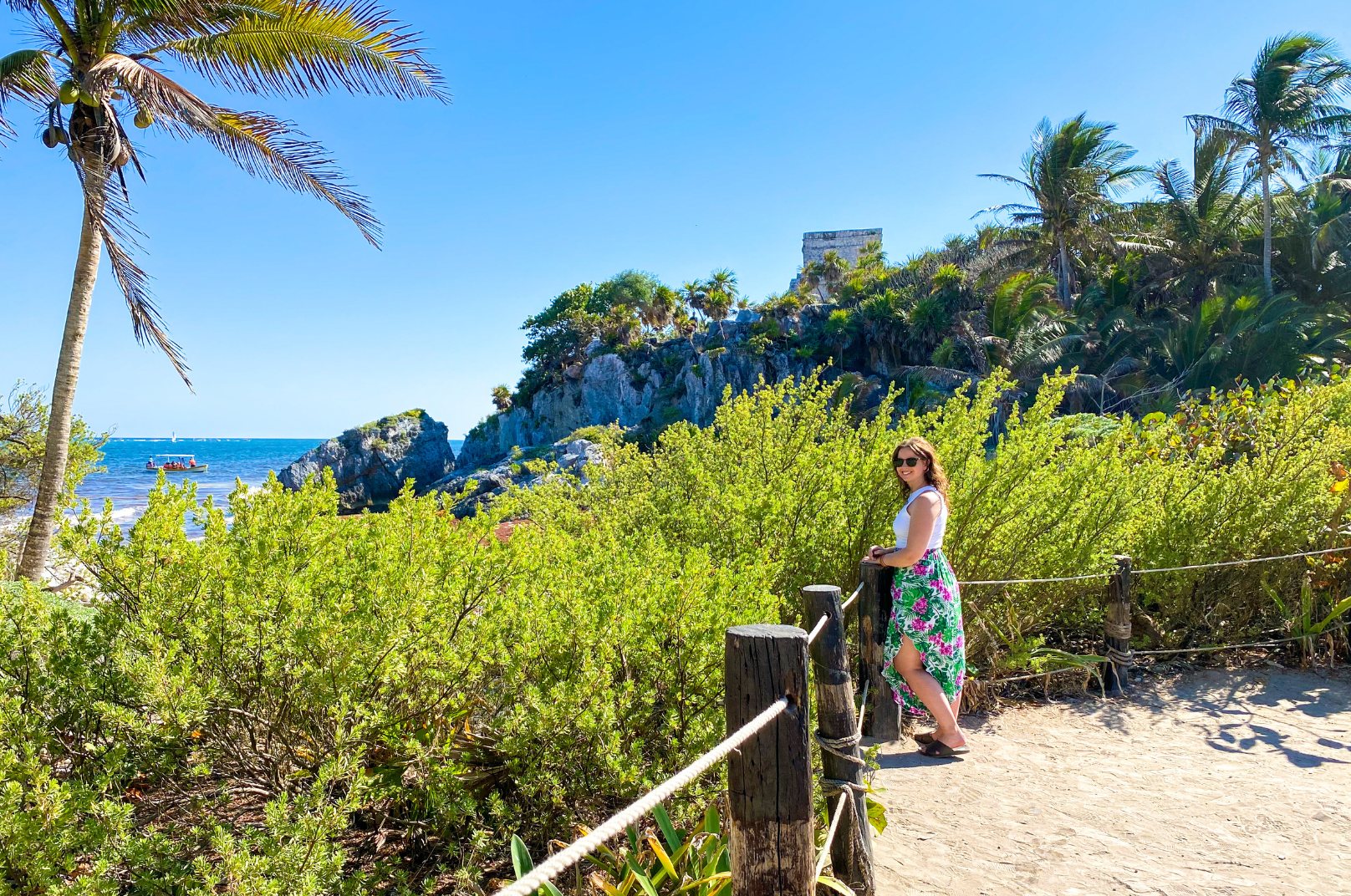
The Yucatan Peninsula is home to a treasure trove of Mayan ruins that offer an unrivaled glimpse into this ancient civilization’s remarkable legacy. So I’ve rounded up the top Yucatan Peninsula Mayan Ruins for you to visit.
Riviera Maya Travel Guide
From awe-inspiring pyramids and lesser-known temples to mystical cenotes and cryptic hieroglyphs, these sites immerse you in the Mayan people’s rich cultural heritage and artistic brilliance.
Here are the top Yucatan Peninsula Mayan Ruins to explore!

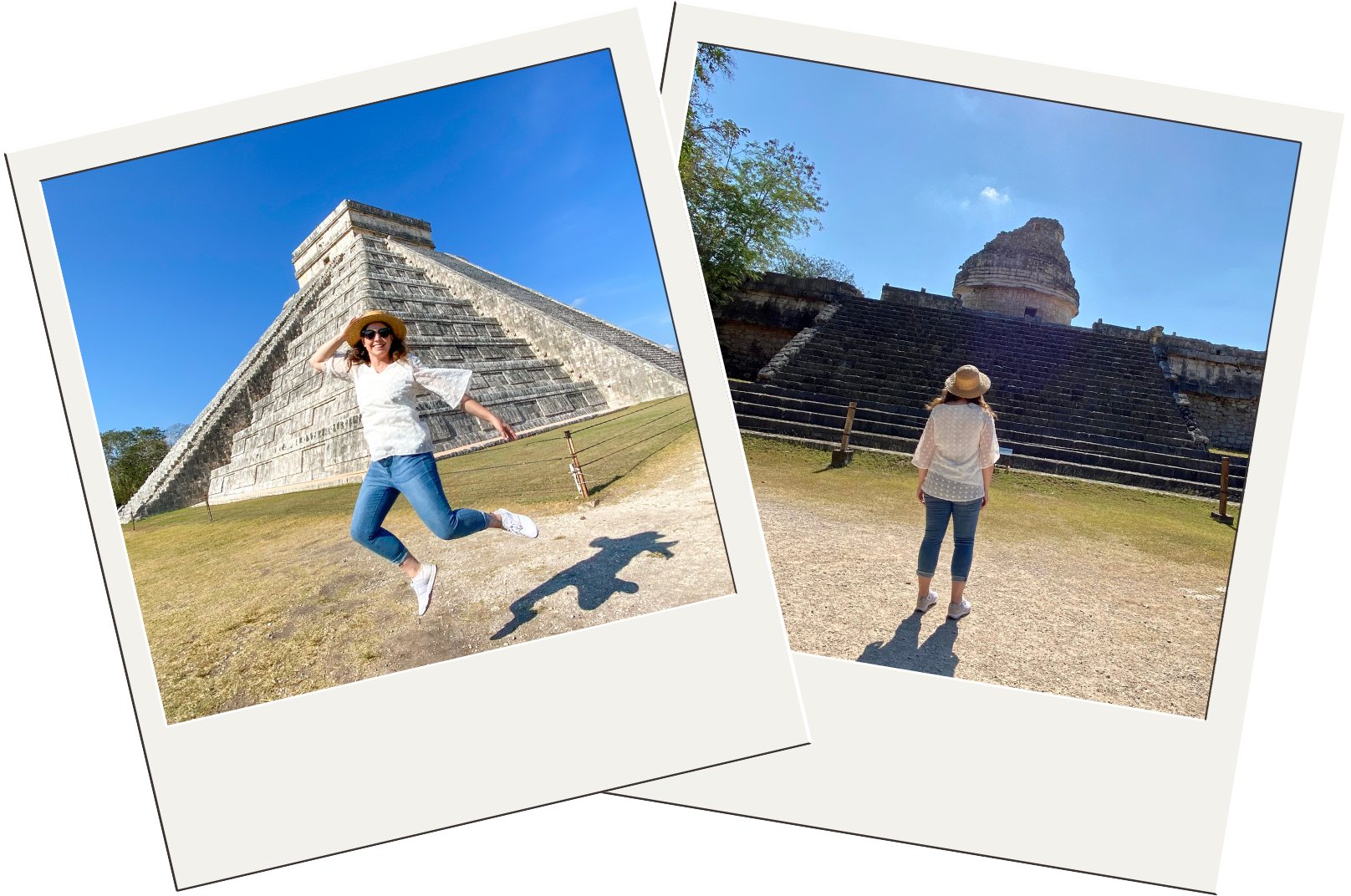
Chichen Itza
Chichen Itza, one of the New Seven Wonders of the World, is the most famous and iconic Mayan site on the Yucatan Peninsula. It’s home to the Pyramid of Kukulcan, arguably the most famous pyramid in Mexico.
But Chichen Itza is a sprawling complex, so you also want to see the Great Ball Court, the Temple of the Warriors, the Sacred Cenote, El Castillo, and El Caracol.
Chichen Itza Travel Guide
Pro tip for visiting Chichen Itza: It opens at 8:00 am every day, and arriving early to enter Chichen Itza when it opens is the best way to avoid some of the crowds and beat the heat.

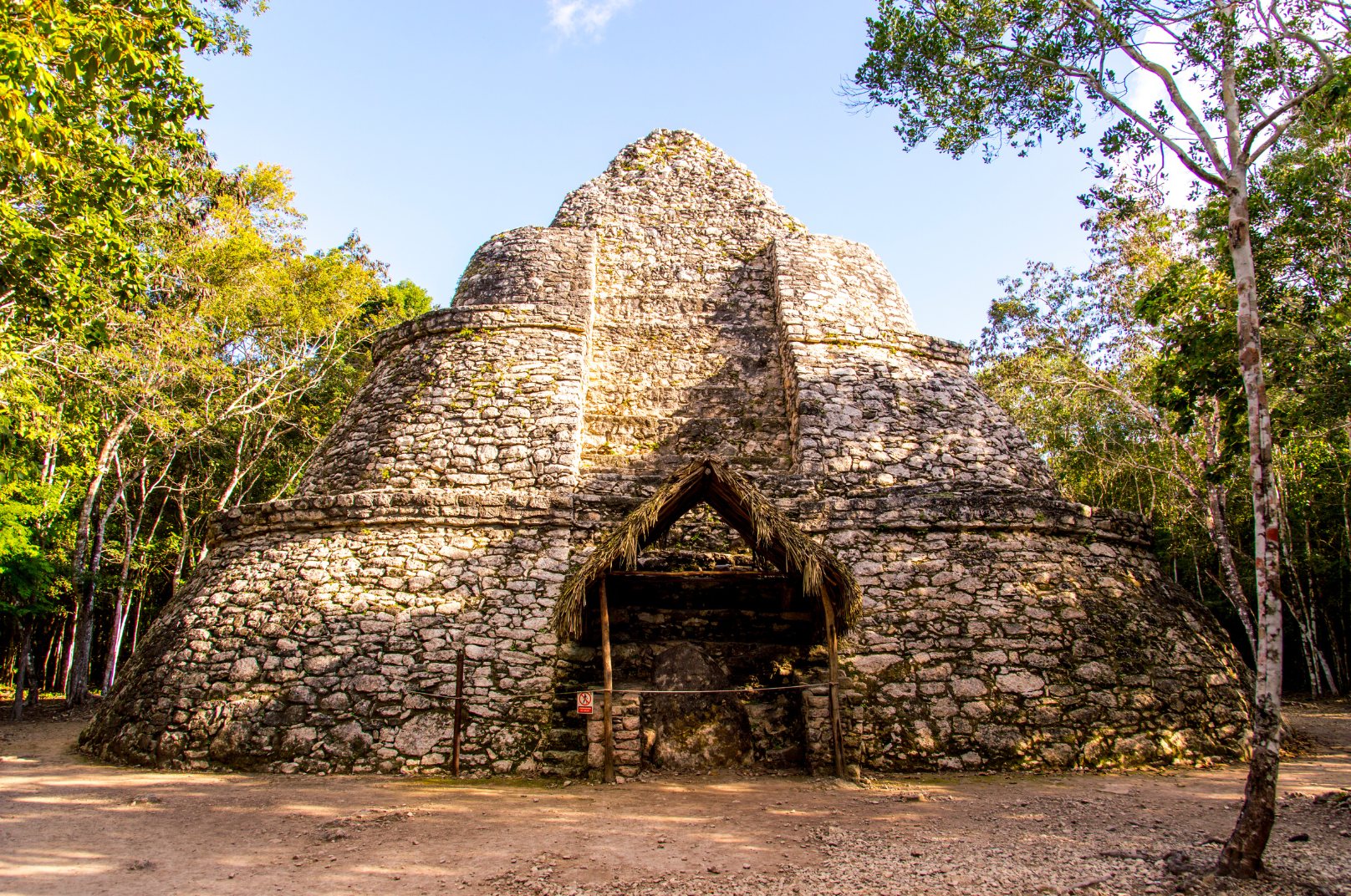
Coba
The Coba Ruins aren’t far from Tulum or Akumal, yet they’ve stayed remarkably off-the-beaten-tourist path. I recommend renting a bicycle to explore these sprawling ruins deep in the jungle.
The main pyramid, Nohoch Mul, is the tallest in the region, and you can climb to the top of it for stunning views of the surrounding jungle.

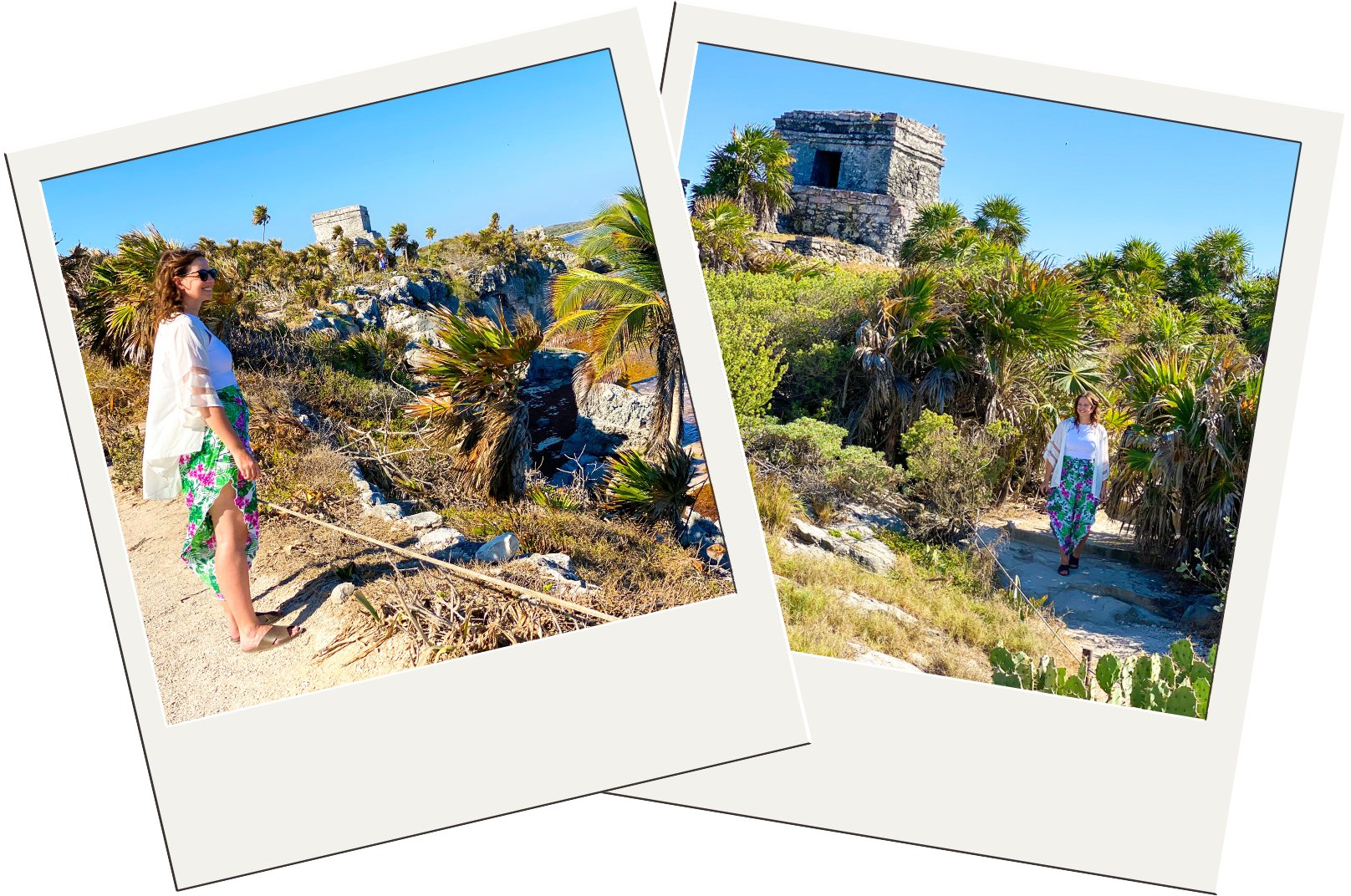
Tulum Ruins
The Tulum Ruins was once a walled city that served as a major trading port during the height of the Mayan civilization. These ruins are unique because they’re perched on a cliff above the Caribbean Sea.
Plan on spending a couple of hours exploring the Tulum Ruins and its beach, and be sure to visit the Temple of the Descending God, the Temple of the Frescoes, and the Castillo.
You have to walk a long way to the entrance, and the ground is rocky, sandy, and uneven inside the ruins, so wear comfortable shoes that won’t slip off your feet.
There’s also little shade here, so bring a hat, sunscreen, and sunglasses. Other than Chichen Itza, the Tulum Ruins are the next most popular Mayan archaeological site in the Yucatan Peninsula, so arrive early to beat the heat and some of the crowds.
Read More
The Ultimate Tulum Travel Guide
Tulum Eco-Hotels, Glamping, Vacation Homes, and Romantic Hotels

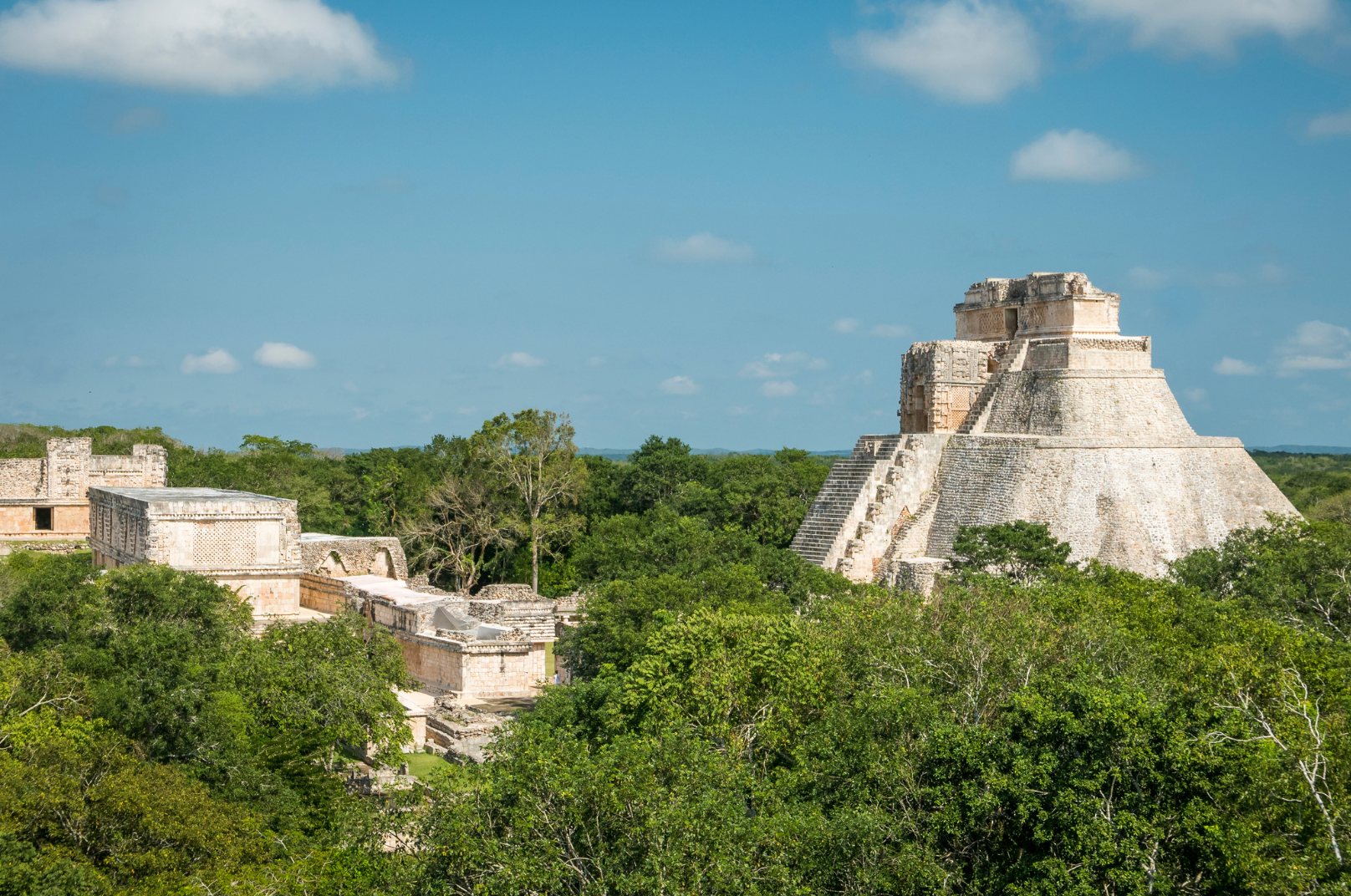
Uxmal
Pronounced oosh-mahl, Uxmal is a UNESCO-certified archaeological site on the Western side of the Yucatan Peninsula. If you’re staying in Cancun or the Riviera Maya, Uxmal is too far for a day trip. You’ll want to spend the night in the nearby city of Mérida.
Uxmal is part of the “Puuc route” of Mayan sites, along with nearby Sayil, Kabah, Xlapak, and Labná, which you could also visit while in this part of the Yucatan Peninsula.
The most recognizable building at Uxmal is the Pyramid of the Dwarf, also known as the Pyramid of the Magician. Legend says that a magical dwarf built the pyramid in one night.

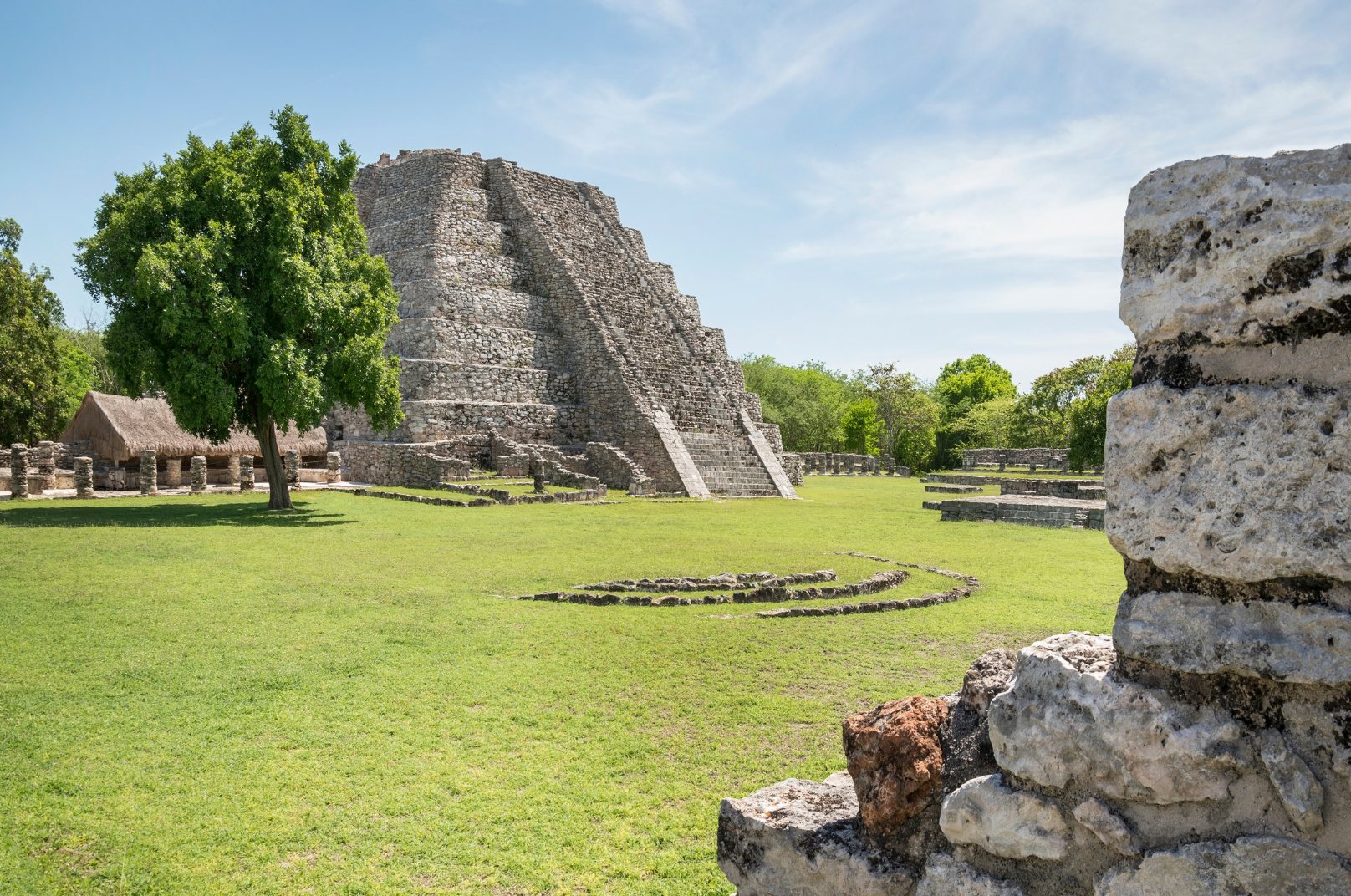
Ek Balam
Translating to “the black jaguar,” Ek Balam is among the best-preserved ruins in the region. Unlike other Mayan sites, the facade of Ek Balam was constructed of stucco and limestone mortar rather than stone.
You can trek through the jungle-covered ruins and climb to the top of the 95-foot Acropolis pyramid for awe-inspiring views of the surrounding jungle.
Ek Balam is located near Chichen Itza, so you can visit these two sites on the same day trip or spend the night in Valladolid and visit them on separate days. A day trip to Ek Balam also pairs well with a cool swim in the nearby Cenote Maya Park.

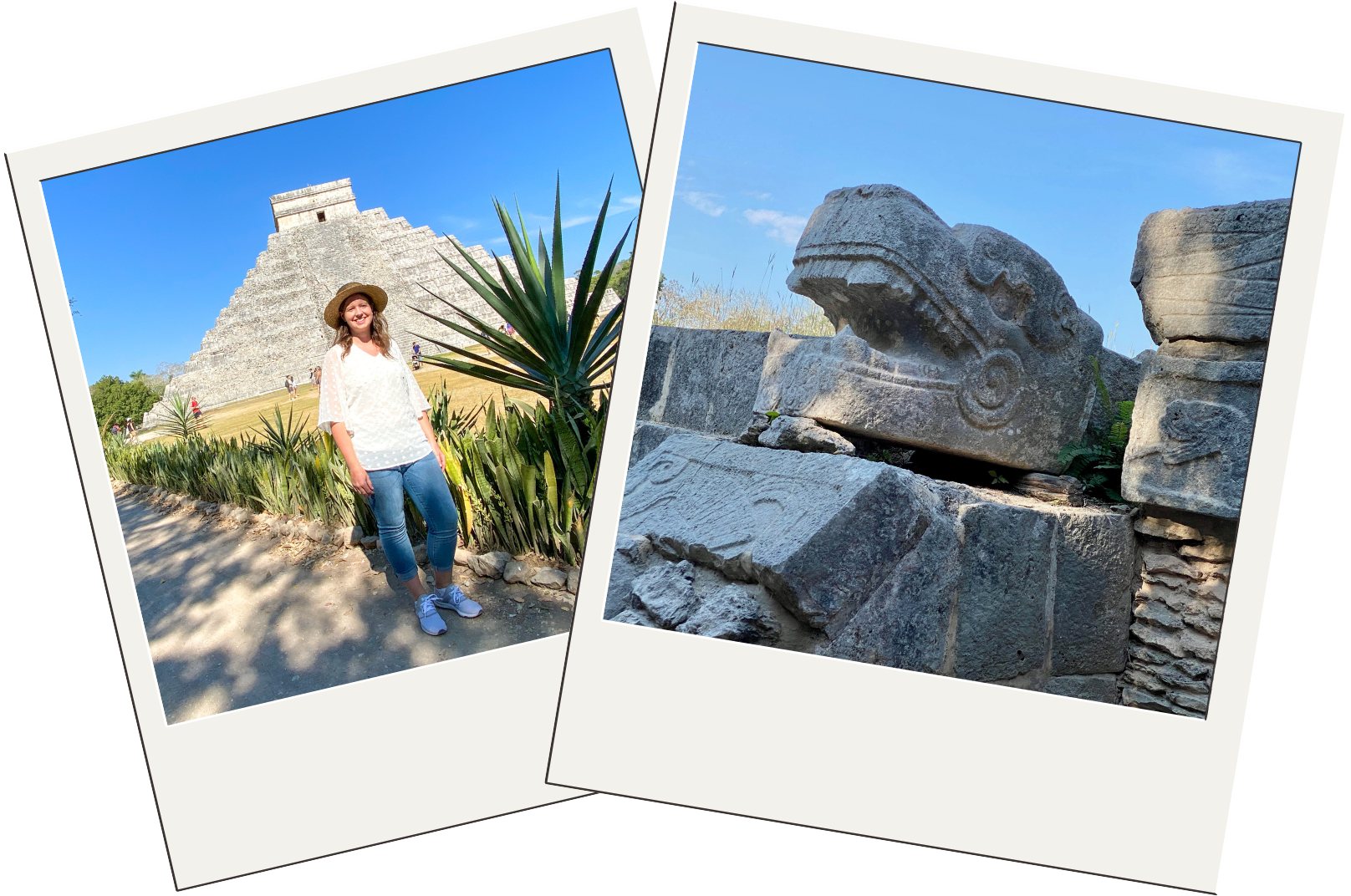
Mayan Hieroglyphs
Mayan Hieroglyphs
All the archaeological sites on this list are home to Mayan hieroglyphs, an intricate system of writing that’s only been partially deciphered. Each symbol represents a unique sound, word, or concept – a visual language that the Mayans used to record their rituals, beliefs, astronomical observations, religious ceremonies, scientific discoveries, and daily lives.
I hired local guides at each Mayan ruin I visited to learn what these hieroglyphs meant. Without someone who knows the symbols and their stories, you would miss out on one of the most significant aspects of these ruins. So my best advice (other than arriving at these ruins as early as possible) is to do a guided tour of them!

Cenotes
The temples and pyramids aren’t the only sacred Mayan places on the Yucatan Peninsula. This is one of the only places in the world where you can find cenotes, natural sinkholes filled with crystal-clear turquoise waters.
Best Cenotes on the Yucatan Peninsula
Cenotes were sacred to the ancient Mayan civilization. These underground caves and pools were believed to be portals to the underworld, connecting people with their gods and ancestors.
Today, cenotes are popular tourist attractions for adventure travelers and people wanting the ultimate Instagram-worthy photos. You can swim, snorkel, cliff jump, and dive in cenotes, and I highly recommend visiting at least a couple of cenotes during your trip!
If you want to dive in a cenote (which I highly recommend), check out my guide to cenote diving.

Where To Stay
Most people who visit Mexico’s Yucatan Peninsula stay in the Riviera Maya on the Caribbean coast. So I’ve rounded up the best resorts, villas, and adults-only hotels in the Riviera Maya!
If Chichen Itza and its surrounding ruins are your priority, consider staying inland at one of these hotels near Chichen Itza.

What To Pack For The Yucatan Peninsula
In addition to your usual travel essentials, you’ll want these items:
-Multiple Swimsuits: With so many opportunities for water activities, you’ll want to make sure you have several swimsuits packed so you always have a dry one.
–Reef-Safe Sunscreen: The sun can be intense in Mexico, so pack plenty of sunscreen to protect your skin.
-Insect Repellent: Mosquitoes can be a problem in certain areas, so bringing insect repellent is a good idea.
-Water Shoes: If you plan on exploring the cenotes or boating, water shoes will come in handy.
-Comfortable Walking Shoes: With all the walking and exploring you’ll be doing, it’s important to bring comfortable walking shoes in addition to sandals.
-Lightweight Clothing: Mexico can be hot and humid, so pack lightweight, breathable, quick-drying clothing.
-Electrical outlets in Mexico are Types A and B. So if you’re from the U.S., you won’t need an outlet adaptor. But British, European, and other travelers will need an adaptor.
Read More

When To Visit The Yucatan Peninsula
May – August is the peak season. Prices and tourist numbers will be at their highest, so book in advance to save some money. These months are hot and humid, but the summer is perfect for sunshine, clear skies, and water activities.
September – November is hurricane season, so this is the off-season. Crowds and prices will be at their lowest, but the chance of rain, choppy water, cloudy skies, and stormy weather is higher. If you’re willing to risk the weather or plan to stay inland, you can score some great accommodation rates during these months.
December – February is cooler than the rest of the year but still pleasant. These moths have the best weather for exploring the hot and humid inland ruins. Rain is common during these months, but it’s usually brief afternoon showers that help keep you cool. To save money during these months, avoid the holidays and long weekends.
March – April has fabulous weather – dry, sunny, and not too hot. But these months are more crowded and expensive because of Spring Break trips.

Shop My Mexico Essentials

What would you add to this list of the top Yucatan Peninsula Mayan Ruins? Share with us in the comments!

Recommended Tours in The Yucatan Peninsula

Plan The Rest Of Your Trip

This guide to the best Yucatan Peninsula Mayan Ruins is not a sponsored post, and the thoughts and opinions expressed in this guide to the best Yucatan Peninsula Mayan Ruins are entirely my own. Some of the links in this guide to the best Yucatan Peninsula Mayan Ruins are affiliate links, and, at no cost to you, I may earn a small commission from this travel guide to the best Yucatan Peninsula Mayan Ruins.
 Travel Shop
Travel Shop Merch
Merch Travel Tips
Travel Tips
 Photography
Photography Points & Miles
Points & Miles Credit Cards
Credit Cards